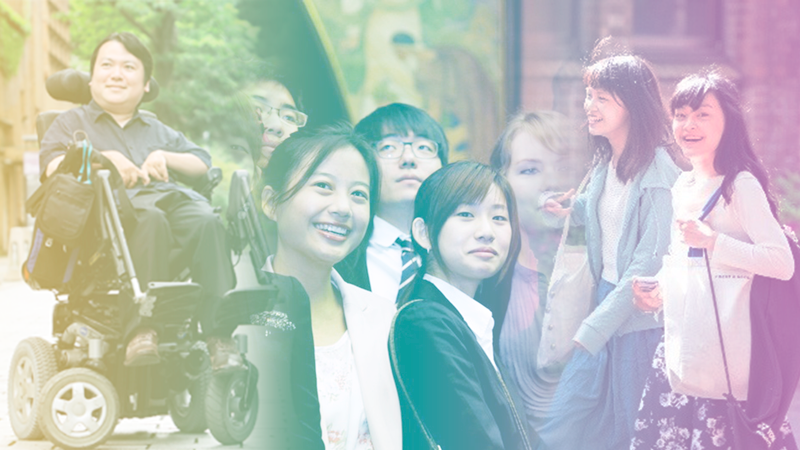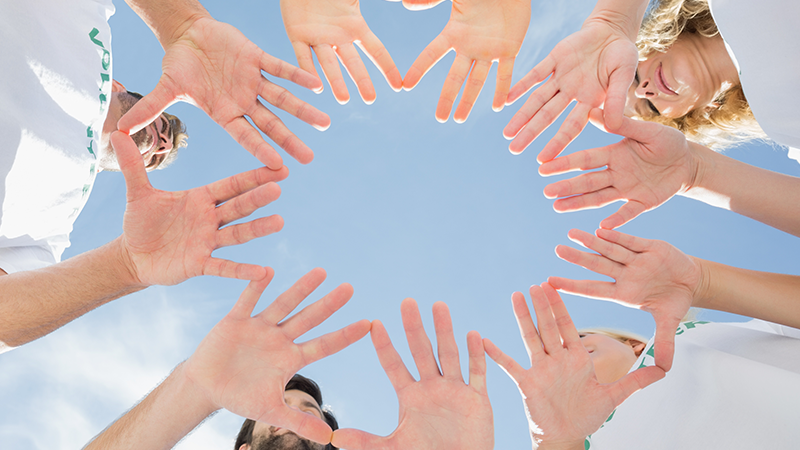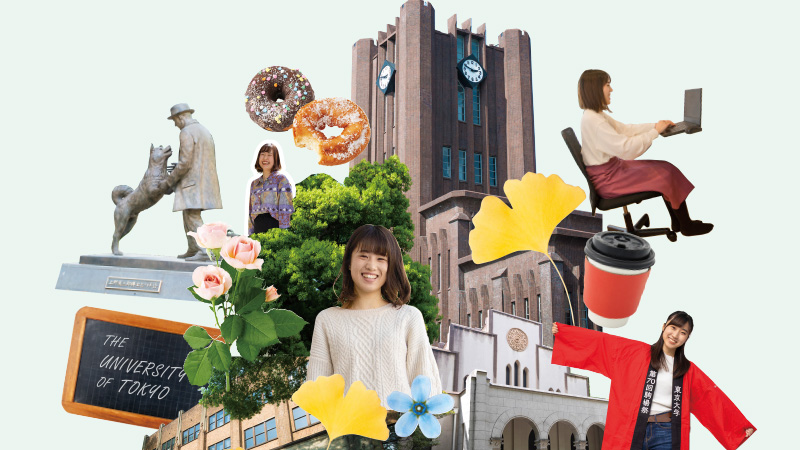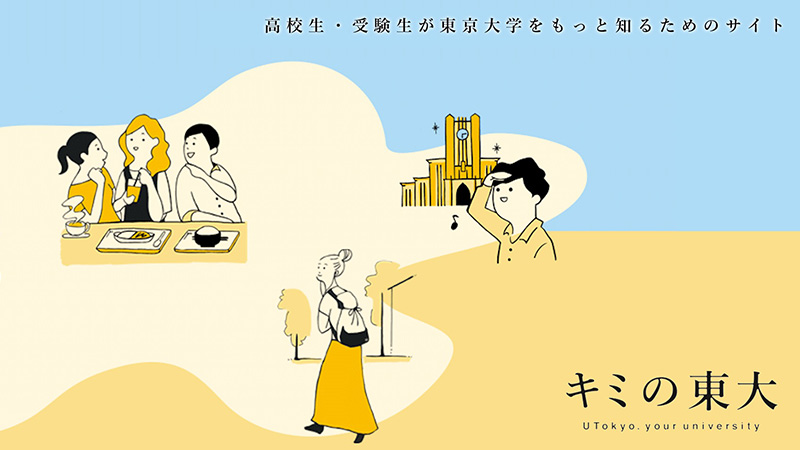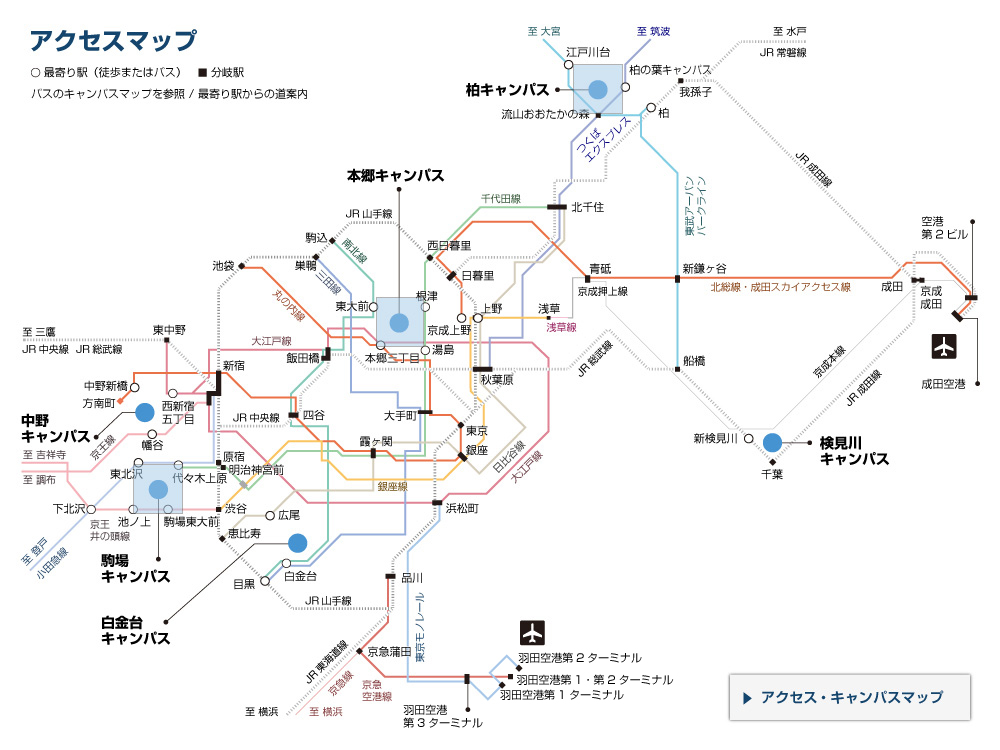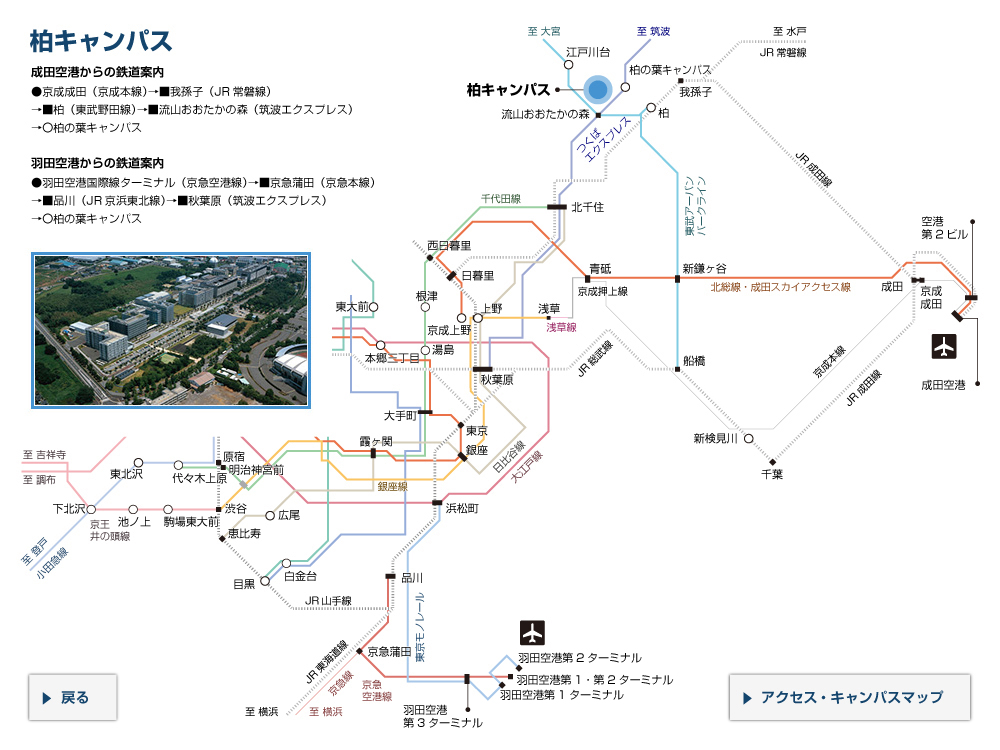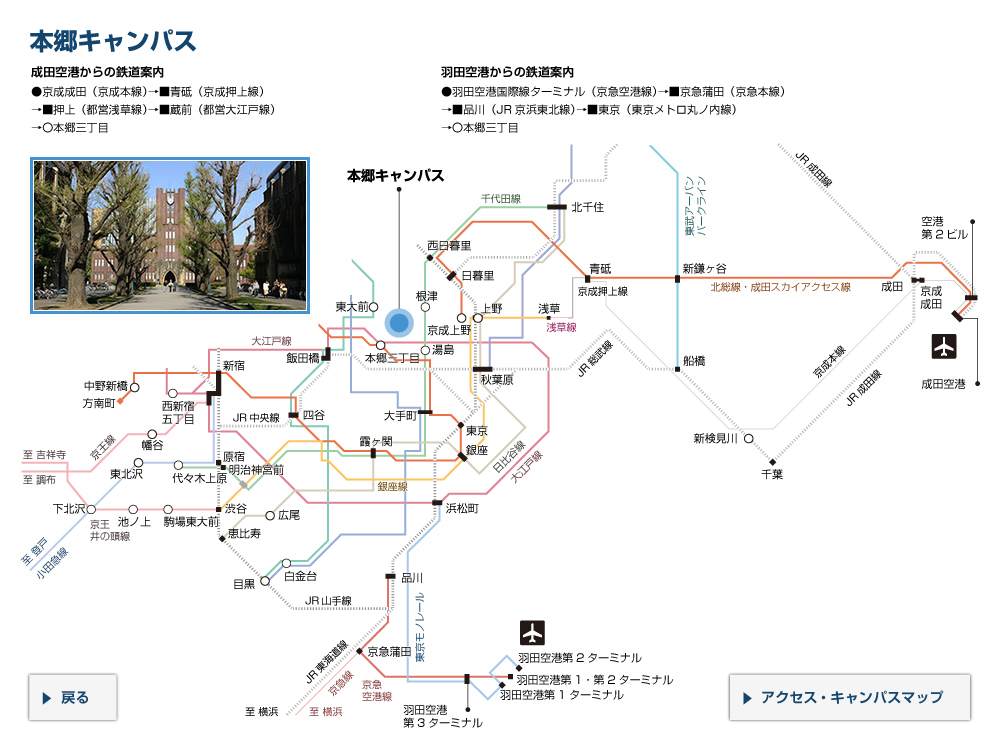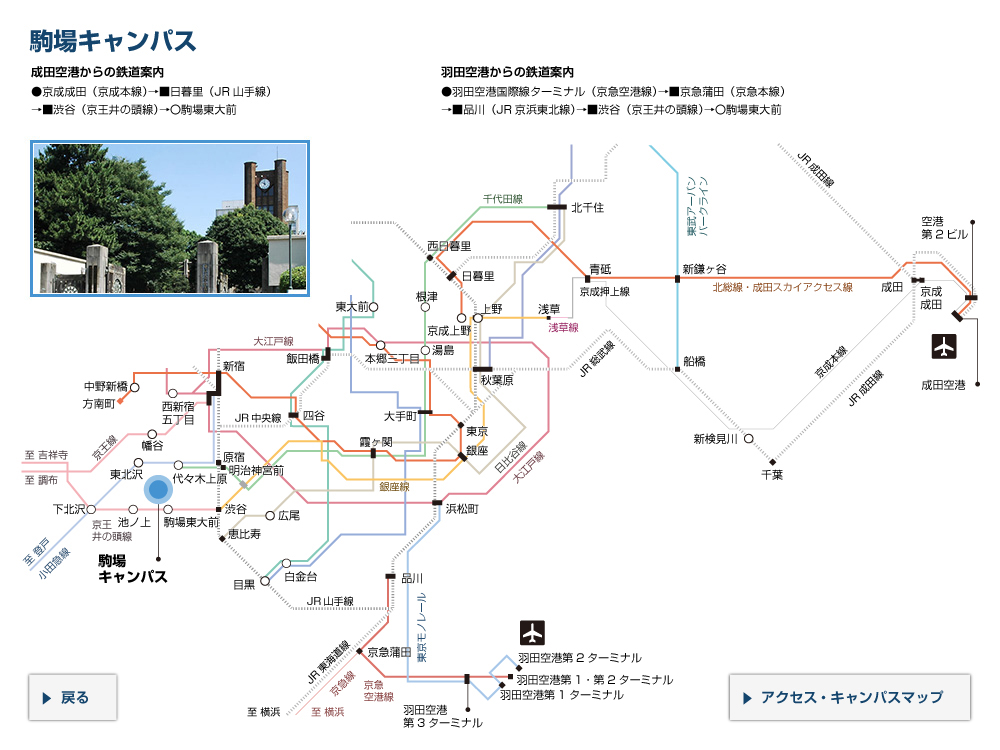Dea Luma 様 | D&I 応援メッセージ

― UTokyo D&Iキャンペーン2022 ―
ダイバーシティ&インクルージョン(以下「D&I」)推進を通じて、誰もが生き生きと活躍できる魅力あるインクルーシブキャンパスの実現を目指すため、東京大学では3月から「UTokyo D&I キャンペーン2022」を実施しています。本学のD&Iの取り組みにご賛同いただいた方から応援メッセージを頂きましたのでご紹介します。
応援メッセージ
Project Assistant Professor, Institute of Industrial Science, The University of Tokyo Dea Luma 様
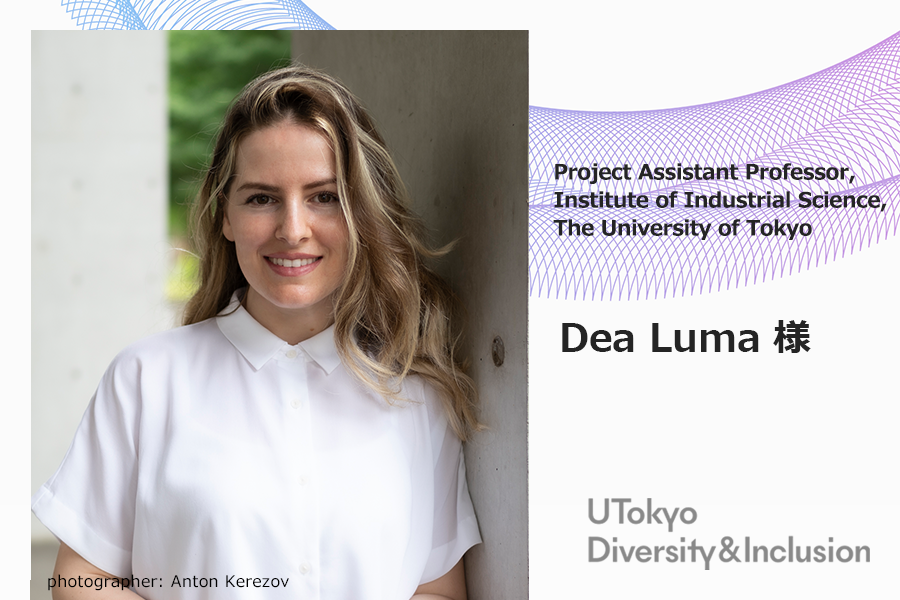
I started my journey at the University of Tokyo with a relatively complex research idea. I wanted to understand more about how the human body experiences architecture, namely, how our brains react to indoor environments where we spend more than 90% of our time. Can we decipher why some spaces relax us while others stress us out? How connected are we to our surroundings, and how do they impact our behavior and wellbeing? Can we shift the paradigm in design thinking and base it on empirical findings coming straight from our bodies? But our bodies are complex, and so is architecture. Therefore, the challenge was how to start a dialogue and collaboration to expand the frontiers of architecture to a multidisciplinary level to ensure a future with healthier living environments that would contribute to humanity's common good.
The open and progressive system of the University of Tokyo, where you are free to knock on any door of any laboratory that would help advance your research, made it easier to start that dialog. It began with discussions about health, technology, artificial intelligence, and biofeedback. From dialogue to action, we slowly developed a research methodology that adopted the latest developments in neuroscience and applied those scientific methods to conduct experiments testing different architectural environments.
The merge between Architecture and Neuroscience is a pioneering approach to architecture research called Neuroarchitecture. It aims to improve the architectural (and urban) design so that future design decisions are not only based on the taste and training of the architect, but they become evidence-based decisions that also consider the scientific data derived from the measurements of users’ brains. In the course of my academic development, I took a deeper look into perspectives offered by our University, and I was fortunate to receive The Young Researchers’ Challenge Support funding from the University of Tokyo to continue my training in Neuroarchitecture in the Academy of Neuroscience for Architecture in San Diego, USA. In a 2-week program, I had the opportunity to meet professionals in the fields of Architecture and Neuroscience and understand more about these pioneering developments. Upon my return to Tokyo, we continued our experiments with fresh ideas that led to new findings and collaborations within our University.
Today I am a Project Assistant Professor at Kawazoe Lab – Department of Architecture, where it all began. My mentor, Yoshiyuki Kawazoe, played a crucial role in this journey. His continuous trust, support, and active guidance have paved the way and encouraged me to face the challenges in researching this topic. Through all the discussions and brainstormings we have done, I have learned tremendously about the work culture in Japan. Indeed, many things are fundamentally different from the work culture in Kosovo – my home country. However, University of Tokyo offered me a chance to break the barriers of gender and culture while leaving enough space to preserve my originality. And I think that's what makes the University of Tokyo unique and a special place to be.



